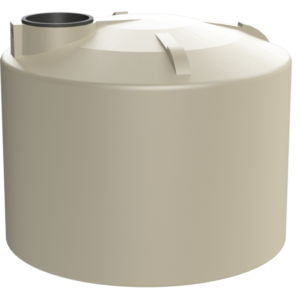Water conservation is more crucial than ever, particularly in a city like Melbourne, where the climate is often unpredictable. Homeowners looking to install round water tanks in Melbourne must consider several factors to ensure they select the right size. Know the essential considerations to help you choose the most appropriate round water tank for your Melbourne home, ensuring you meet your water storage needs efficiently.

Understanding Your Water Usage Needs
Before selecting round water tanks in Melbourne, it’s vital to understand your household’s water usage. The size of the tank you choose should reflect your water consumption habits. For instance, if you plan to use the tank primarily for gardening and outdoor use, your needs will differ significantly from those who intend to use stored water for household purposes.
Estimating Daily Water Consumption
To estimate your daily water consumption, consider the following factors:
- Number of household members: More people in your home means higher water usage.
- Purpose of water use: Is it for outdoor activities like gardening, or will it be used indoors for laundry and toilets?
- Frequency of rainfall: Melbourne’s climate can be quite variable, so understanding the rainfall pattern can help you estimate how much water you’ll collect and use.
Assessing Roof Catchment Area
Your roof’s catchment area plays a significant role in determining the size of the water tank you need. You may collect more water if the roof area is greater. To calculate the potential water harvest, you can use the following formula:
Annual Rainfall (mm)×Roof Area (m²)×0.85=Liters Collected Annually
For example, if your roof area is 150 m² and the average annual rainfall in your area is 650 mm, the potential water you can collect annually is:
650×150×0.85=82,875 liters
This calculation gives you a baseline to determine the size of the water tank you might need.
By selecting the appropriate size and material, and ensuring proper installation, you can significantly reduce your reliance on mains water, save money, and contribute to water conservation efforts.


